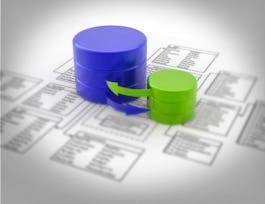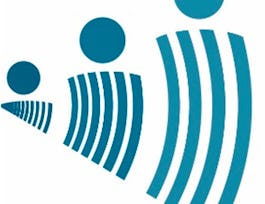In this course, you will learn about the importance of measuring the quality of care and health outcomes in order to determine whether Quality Improvement(QI ) initiatives have achieved their aims. You will learn about how data is utilised to identify areas of improvement and the importance of using both quantitative and qualitative data in evaluating change. You will learn about the specific methods appropriate for improvement as distinct from methods more suited to research, including how to design measurement schemes suitable for improvement initiatives



Using Data for Healthcare Improvement
This course is part of Quality Improvement in Healthcare Specialization

Instructor: Dr Thomas Woodcock
Sponsored by PKO BP
Recommended experience
Details to know

Add to your LinkedIn profile
7 assignments
See how employees at top companies are mastering in-demand skills

Build your subject-matter expertise
- Learn new concepts from industry experts
- Gain a foundational understanding of a subject or tool
- Develop job-relevant skills with hands-on projects
- Earn a shareable career certificate


Earn a career certificate
Add this credential to your LinkedIn profile, resume, or CV
Share it on social media and in your performance review

There are 4 modules in this course
In this module, you will learn about the importance of measuring quality of care and health outcomes in order to determine whether QI initiatives have achieved their aims. You will learn about how data is utilised to identify areas of improvement and the importance of using both quantitative and qualitative data in evaluating change. You will learn about the specific methods appropriate for improvement as distinct from methods more suited to research, including how to design measurement schemes suitable for improvement initiatives.
What's included
4 videos10 readings2 assignments1 plugin
In this module you will learn how to use the methods of statistical process control to distinguish between variation due to changes in the underlying process of care and variation that is part of this process, including how to distinguish when variation in a measure constitutes evidence of improvement in care. You will use the statistical software package R to analyse real time series data using Shewhart charts, and learn to interpret and act on the results. Example data is taken from a project screening for Atrial Fibrillation in an at risk population, and data on time spent in the accident and emergency department
What's included
1 video2 assignments5 ungraded labs
In this module you will build on what you learnt previously, expanding the repertoire of methods to cover additional types of data frequently encountered in quality improvement.
What's included
1 video1 reading1 assignment2 ungraded labs
In this module, you will learn about the use of qualitative research methods in QI in healthcare. This includes how qualitative methods can be used to drive improvement, and in studying and evaluating improvement. You will learn about the Matching Michigan study, including methods and key findings, as an example of the importance of theory in quality improvement. You will compare three theoretical frameworks for implementation and improvement, identifying their strengths and weaknesses, and use a tool designed to aid framework selection.
What's included
3 videos5 readings2 assignments2 discussion prompts
Instructor

Offered by
Why people choose Coursera for their career




Recommended if you're interested in Health

University of California, Davis

SkillUp EdTech

Vanderbilt University

Johns Hopkins University

Open new doors with Coursera Plus
Unlimited access to 10,000+ world-class courses, hands-on projects, and job-ready certificate programs - all included in your subscription
Advance your career with an online degree
Earn a degree from world-class universities - 100% online
Join over 3,400 global companies that choose Coursera for Business
Upskill your employees to excel in the digital economy


